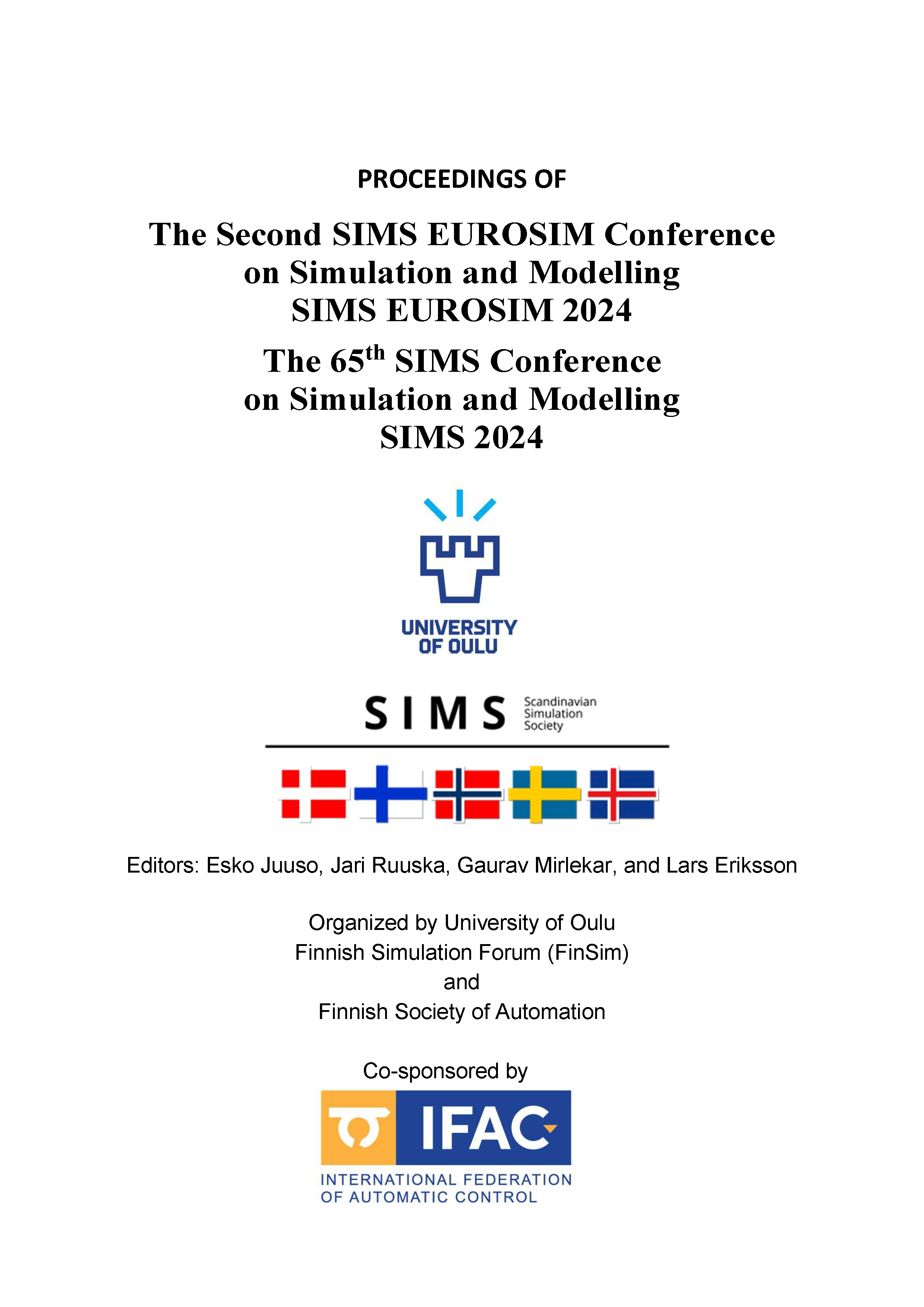Effect of Slag Particle Diameter on the Re-melting of Ferrochrome Slag by means of Steelmaking Liquid Slag
DOI:
https://doi.org/10.3384/ecp212.029Keywords:
Slag, Ferrochrome, remelting, modelling, solid particleAbstract
Stainless steelmaking slags are, currently, one of the most common non-utilized slags in steelmaking. Hence, in an integrated stainless steelmaking process with a ferrochrome submerged arc furnace, this means not only losing iron to the slag but also valuable chrome. Hence, recovery of iron and chrome have a business incentive and an important function for green industry initiative by reducing the requirement of virgin material.However, one of the challenges of slag recycling can be the energy-intensive nature of such a practice. Therefore, an energy efficient approach in material recovery could enhance the incentive of recycling of slag instead of the current practice of land field storage; one such approach is mixing the solid ferrochrome slag into liquid slag from the steelmaking production line.To that end, a static model of a suspended slag particle inside a melt has been developed to investigate the effect of particle size on evolution of temperature within the solid particles. The simulation showed that changes in the diameter of particle can have a significant effect on energy diffusion from the melt into the slag particle. As an example, the simulation suggests that the temperature magnitude at the centre of a 2mm-in-diameter particle reaches 1200 °C after 1s simulation time while, with 5mm particles the temperature magnitude is less than 200 °C. This behaviour is amplified further when the diameter of particle increases further showing a delaying behaviour of particle’s diameter on energy diffusion and, consequently, remelting of solid particles.Downloads
Published
2025-01-13
Issue
Section
Papers
License
Copyright (c) 2025 Reza Safavi Nick, Elisa Olson, Matti Aula, Severi Anttila, Esa Puukko

This work is licensed under a Creative Commons Attribution 4.0 International License.

